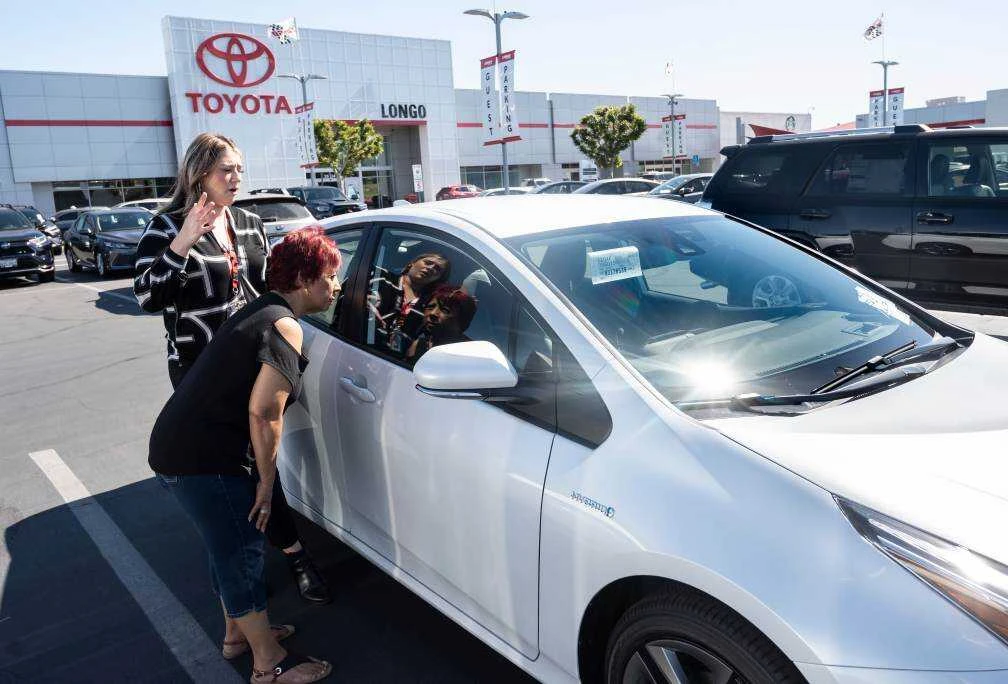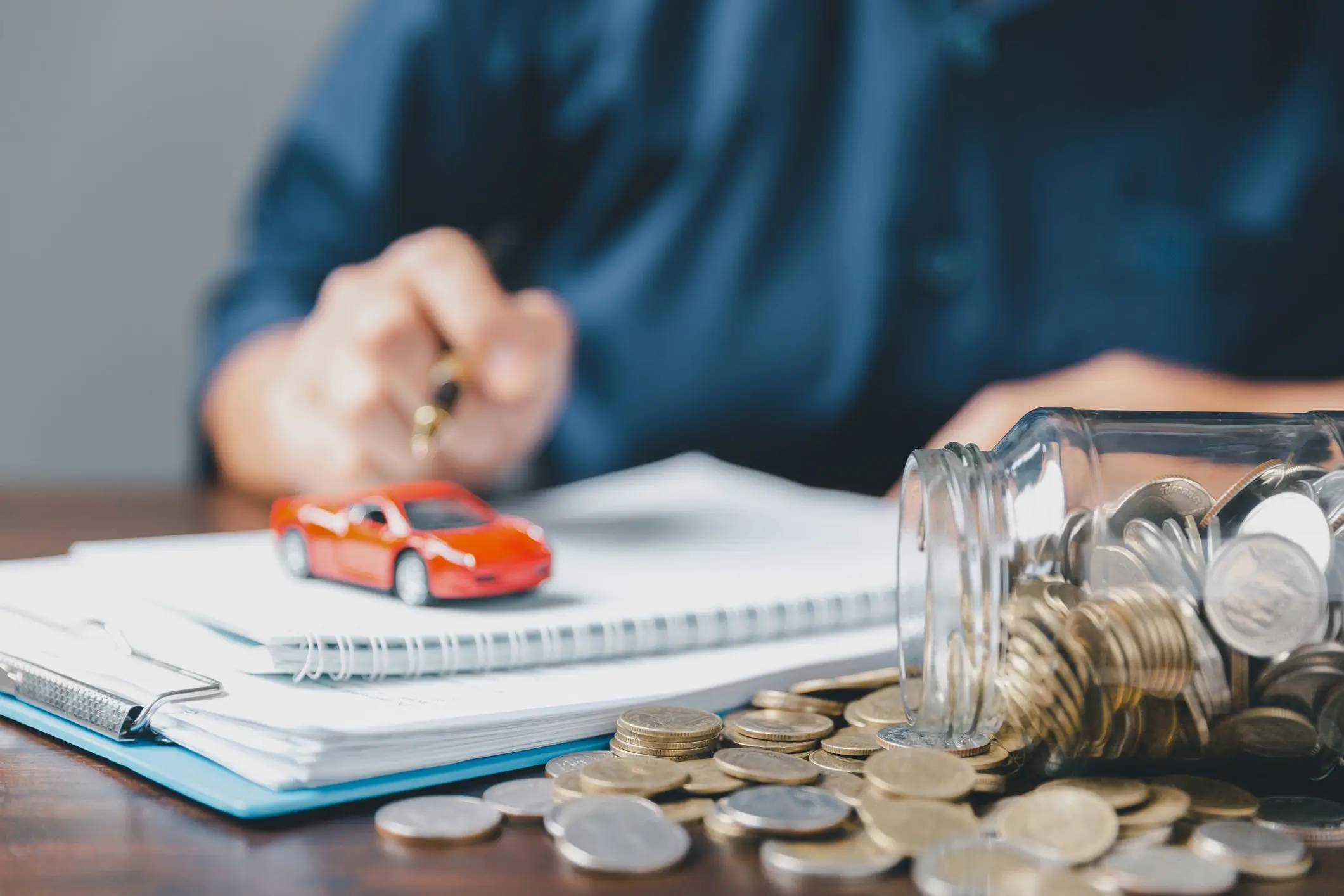When it comes to selling a car that still has an outstanding loan, the process can be a bit more complex and may require additional steps compared to selling a vehicle that is fully paid off. Understanding the nuances of selling a car with a loan is essential to ensure a smooth and successful transaction.

Challenges of Selling a Car with an Outstanding Loan:
- Ownership Stake: When you have an auto loan, the lender technically has a stake in the ownership of the vehicle. This is typically reflected in the vehicle’s title, where the lender’s name may be listed or the lender may hold the physical title until the loan is fully paid off.
- Payoff Amount: Before proceeding with the sale, it is crucial to determine the “payoff amount” from your lender. The payoff amount represents the total sum required to settle the loan and gain full ownership of the vehicle. This amount must be paid in full before the lender can release their ownership claim and sign off on the title transfer.
- Calculating Equity: Understanding the equity in your vehicle is essential when selling a car with a loan. To determine your equity position, subtract the payoff amount from the current market value of your car.
- Positive Equity: If the resulting value is positive, you have equity in your car, meaning it is worth more than what you owe on the loan.
- Negative Equity: Conversely, if the value is negative, you are “upside down” on the loan, indicating that you owe more on the loan than the car is worth.

Steps to Sell a Car with an Outstanding Loan:
- Obtain Payoff Information:
- Contact your lender to request the payoff amount and inquire about the necessary steps to handle the transaction. The lender’s cooperation is crucial for a smooth sale process.
- Transacting with Buyers:
- If you plan to sell your car to a private party, inform them about the loan situation and coordinate with the lender on how to proceed with the sale.
- For those trading in their car at a dealership, communicate with the dealer about the outstanding loan and ensure they handle the necessary paperwork efficiently.
- Private Sale Scenarios:
- Positive Equity: In cases where your car’s value exceeds the loan balance, the buyer can pay off the lender directly and settle any remaining amount with you. The title transfer can then proceed smoothly.
- Negative Equity: If your car is sold for less than what you owe, you are responsible for covering the shortfall to close the sale. This may involve paying off the negative equity amount to the lender before transferring ownership.
- Consider Financing Options:
- If you find yourself with negative equity, consider options such as taking out a personal loan to bridge the gap. While personal loans may carry higher interest rates, they can help settle any outstanding balance and facilitate the sale.
- Dealer Trade-In Process:
- When trading in a car with an outstanding loan at a dealership, dealers can manage the transaction smoothly. They may offer to roll over any negative equity into your new loan, so it’s essential to carefully evaluate this option.
Navigating Loan Details with Buyers:
- Ensure transparency with potential buyers regarding your loan situation.
- Discuss any necessary steps involved in finalizing the sale and transferring ownership.
- Involve reputable financial institutions or banks in the process to instill confidence in buyers.
By understanding these intricacies and following these steps, you can navigate the process of selling a car with an outstanding loan effectively. Open communication with lenders and buyers, along with careful financial planning, can help ensure a successful and hassle-free sale transaction.